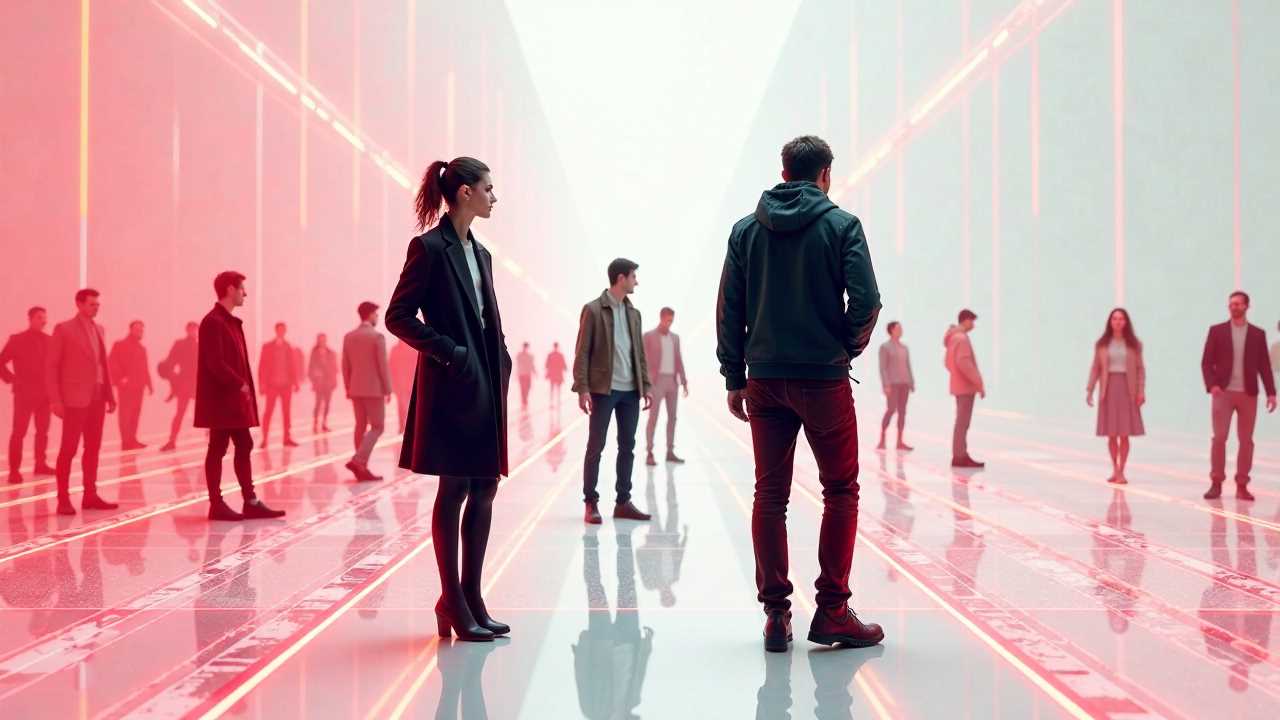
Understanding Digital Fashion Illustration
Digital Fashion Illustration represents a dynamic intersection of art and technology, where creativity meets innovation. In this realm, artists utilize digital art techniques to create stunning visuals that capture the essence of fashion. This discipline not only requires artistic talent but also a deep understanding of the tools and software available. By mastering these elements, we can elevate our illustrations and make a significant impact in the fashion industry.
Key Digital Art Techniques for Fashion Illustration
To excel in Digital Fashion Illustration, we must familiarize ourselves with various digital art techniques. These techniques serve as the foundation for creating compelling illustrations. Here are some essential methods to consider:
1. Layering: Utilizing layers allows us to separate different elements of our illustration, making it easier to edit and refine our work. This technique is fundamental in achieving depth and complexity in our designs.
2. Brush Techniques: Experimenting with different brushes can dramatically change the texture and feel of our illustrations. Digital software often comes with a variety of brushes that mimic traditional mediums such as watercolor, ink, and oil paint.
3. Color Theory: Understanding color theory is vital for creating harmonious and visually appealing illustrations. By mastering the color wheel and the relationships between colors, we can enhance the emotional impact of our artwork.
4. Texturing: Adding texture to our illustrations can bring them to life. Techniques such as digital painting, using textures from photographs, or applying patterns can add richness and detail to our designs.
Illustration Tutorials: Learning from the Best
To refine our skills in Digital Fashion Illustration, engaging with illustration tutorials is invaluable. These resources provide step-by-step guidance on various techniques and styles. We can find tutorials that cover everything from basic drawing methods to advanced digital painting techniques. By studying the work of established artists and following their processes, we can gain insights into their artistic workflow and apply these lessons to our own practice.
Online platforms such as YouTube, Skillshare, and various art blogs offer a wealth of tutorials tailored to different skill levels. Whether we are beginners or seasoned artists, there is always something new to learn.
Developing Creative Software Skills
Proficiency in creative software skills is a non-negotiable aspect of Digital Fashion Illustration. Programs like Adobe Illustrator, Photoshop, and Procreate are industry standards that provide powerful tools for artists. Each software has its unique features and capabilities, and mastering them can significantly enhance our workflow.
1. Adobe Illustrator: Known for its vector capabilities, Illustrator is ideal for creating clean, scalable illustrations. Understanding how to use the pen tool, shape builder, and various effects can elevate our designs.
2. Adobe Photoshop: This software excels in raster graphics and is perfect for detailed digital painting and photo manipulation. Learning to use layers, masks, and blending modes can open up a world of creative possibilities.
3. Procreate: A favorite among illustrators for its intuitive interface and robust brush engine, Procreate allows for a natural drawing experience on iPads and tablets. Its ability to simulate traditional art techniques while leveraging digital flexibility makes it a go-to tool for many fashion illustrators. Features like layering, gesture controls, and time-lapse recording also enhance the creative process.
Building a Distinct Style
One of the most exciting aspects of Digital Fashion Illustration is the opportunity to develop a unique artistic voice. In a competitive field, having a distinct style can set an artist apart and attract attention from designers, brands, and audiences. Here are some steps to cultivate a recognizable style:
- Experimentation: Don’t be afraid to explore different techniques, tools, and approaches. Experimenting helps us discover what resonates with our vision and sparks creative joy.
- Inspiration: Draw inspiration from various sources, including nature, architecture, cultural motifs, and historical fashion trends. Combining influences in innovative ways can lead to groundbreaking designs.
- Consistency: While exploring different ideas is essential, maintaining certain recurring elements—such as a specific color palette, line quality, or thematic focus—can create cohesion in our portfolio.
The Role of Technology in Transforming Fashion Illustration
Digital tools have revolutionized how fashion illustration is conceptualized, executed, and shared. Beyond traditional applications like creating sketches or concepts, technology enables advanced possibilities such as:
- 3D Design Integration: Combining 2D illustrations with 3D modeling tools allows artists to visualize garments in a three-dimensional space, bridging the gap between sketches and real-world garments.
- Augmented Reality (AR): Digital illustrations can now be adapted for AR applications, enabling interactive presentations where clients or audiences can view designs in augmented settings.
- Social Media Sharing: Platforms like Instagram, Pinterest, and Behance have become vital for illustrators to showcase their work and connect with a global audience.
Career Opportunities in Digital Fashion Illustration
As the fashion industry continues to embrace technology, digital fashion illustrators are finding increasing opportunities across various sectors. Some potential career paths include:
- Fashion Design: Collaborating with designers to create concept art, mood boards, and garment illustrations.
- Advertising and Marketing: Developing promotional visuals for fashion brands, campaigns, and events.
- Editorial Illustration: Contributing to magazines, blogs, and online publications with visually compelling content.
- Freelancing and Commission Work: Offering custom illustrations to clients seeking personalized designs or artwork.
Understanding Digital Fashion Illustration requires a blend of technical expertise, artistic vision, and adaptability. By mastering key techniques, leveraging powerful tools, and embracing innovation, we can create illustrations that resonate with audiences and drive the future of fashion. Whether we aim to work with established brands or carve our own niche, the possibilities in this dynamic field are limitless.
 Digital Art InstructionDIY Infographics DesignMobile Game ArtworkPersonalized Logo Design3D AnimationeBook Covers DesignPrivacy PolicyTerms And Conditions
Digital Art InstructionDIY Infographics DesignMobile Game ArtworkPersonalized Logo Design3D AnimationeBook Covers DesignPrivacy PolicyTerms And Conditions
